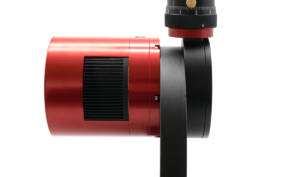
[ASI6200 Guide] 5 connection methods to get 55mm back focus length
How to connect ASI6200MM Pro to 2″ EFW/M54 filter drawer and OAG-L? How many solutions are there for ASI6200MM Pro to get 55mm back focus length? If you are still
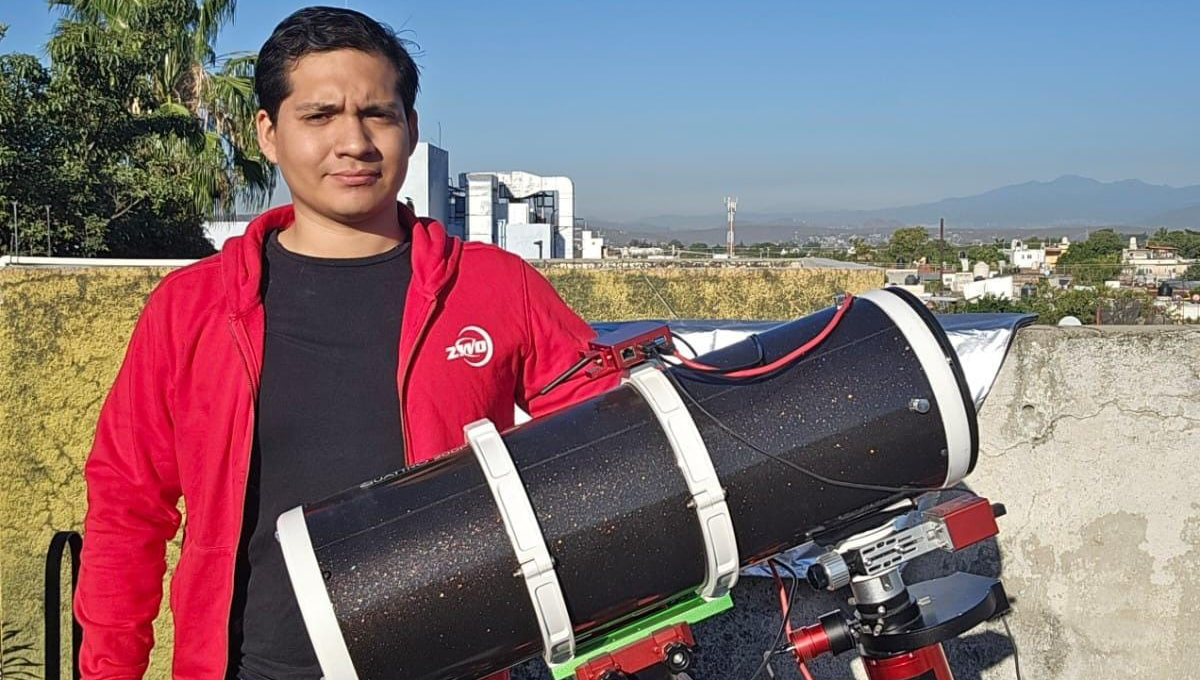
Hello Manuel, thanks for accepting our interview invitation. Congratulations on winning the ASIWEEK competition in week #14/2024!
Thank you very much, I’m so happy that my Dolphin nebula won ASIWEEK #14/2024.
My name is Manuel Alejandro. I’m a 28 years old phycisits that really enjoy watching the nightsky and do astrophotography, I’m from Cuautla, a medium size town not far away from Mexico’s City.
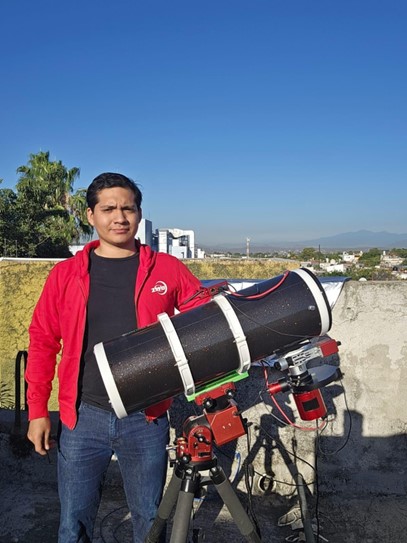
Back in 2020 on the Great Conjunction of Jupiter and Saturn some of my friends asked me if I could take out the telescope to see the event, it was a very cheap newtonian with an equatorial mount, and after spending the noon watching the conjunction I really wanted to take a photograph and that was the first time that I tried to take a photo through my telescope. After researching I realize that I needed better equipment to do astrophotography and that’s where I dive into the rabbit hole of astrophotography.

The SH2-308 commonly known as the Dolphin Nebula, is an HII region located near the center of the constellation Canis Major, composed of ionised hydrogen. It is about 8 degrees south of Sirius, the brightest star in the night sky. The nebula is bubble-like and surrounds a Wolf–Rayet star named EZ Canis Majoris.
Wolf–Rayet stars, often abbreviated as WR stars, are a rare heterogeneous set of stars with unusual spectra showing prominent broad emission lines of ionised helium and highly ionised nitrogen or carbon.
The equipment I currently use is a Skywatcher Quattro 200p, ZWO ASI2600MM Pro with an AM5 mount. Also: EAF, EFW, Antlia LRGB and HSO filters. ZWO ASI120MM Mini for guiding, ZWO OAG and the ASIAIR.
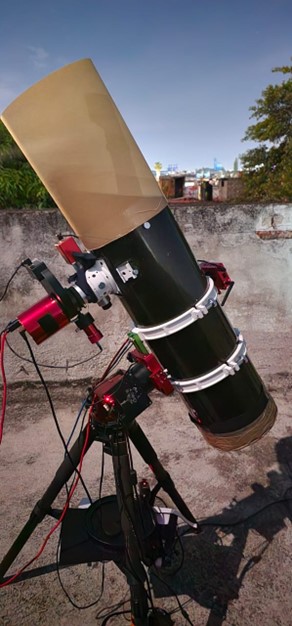
For this Nebula my objective was to make a HOO palette so after stacking my two channels I did the following:
The first time I shot this target with the ASI294MC pro I realized that the target was rich in OIII and needed larger sub-exposures to extract the faint details on the target. Now with the ASI2600MM I shot with 600 sec and a very narrow filter. I thought that 5 hours was enough for the H-alpha channel but for my surprise it was so fain it was barely visible so I had to do more hours. At the end I spent 30 hours in this target over the span of 6 nights.
Generally, it’s good but these years wasn’t great, many cloudy nights. I shot from a Bortle 7 region on the rooftop of my house and still get some street lamps light shining on my scope. My dream is to travel to darker skies and shoot very faint nebula.
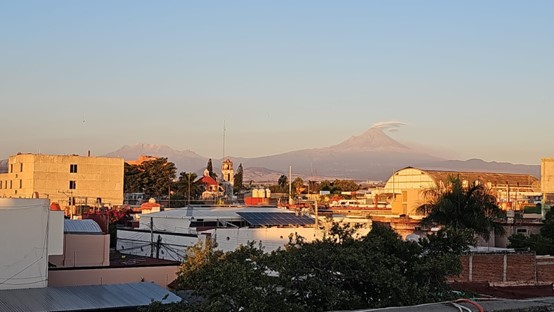
My very first astrophoto was the great orion nebula taken with a 150/750 newtonian telescope and a dslr, no guiding and with an intervalometer. It wasn’t what I had in mind but I was happy to achieve a photo from the deep space.

Here are some of my Astroimages taken with ASI cameras.

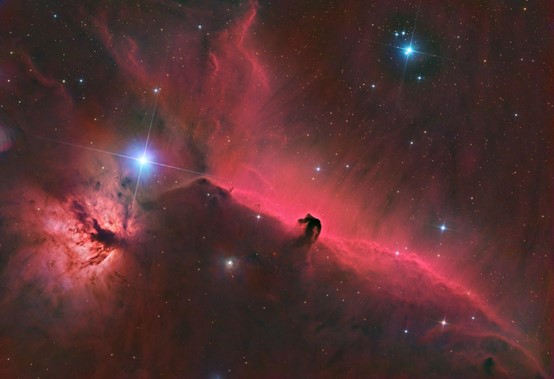


The astrophotography hobby has taught me about patience and how to troubleshoot problems as they come because there are many things that could go wrong. Also that everyone is a novice and look up for advices is a good thing for you to learn new things and improve your photos.
One night while I was polar aligning my gear I thought someone was behind me with a lamp but when I look up at the sky I saw a really bright shooting star.
Currently I have two ASI cameras ASI294MC Pro and ASI2600MM Pro. My first ASI camera was the ASI294MC pro, it fitted my budget at the time and it coupled well with my equipment. It is a great camera once you know how to acquire your data and process it. But I really wanted to go for a monochrome camera, so after two years I finally could buy my ASI2600MM and I’m in love with this wonderful camera.
I’m planning on shooting Cat’s paw Nebula and Dragon’s Egg Nebula. Later in the year I wish I can take a photo of the difficult squid nebula. Hopefully I will win another ASIWEEK later this year. Thanks

How to connect ASI6200MM Pro to 2″ EFW/M54 filter drawer and OAG-L? How many solutions are there for ASI6200MM Pro to get 55mm back focus length? If you are still
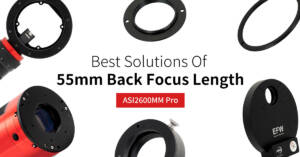
People are asking the connect methods of ASI2600MM Pro: How to use it with the new 36mm EFW? How to reach the 55mm back focus distance? What accessories I need
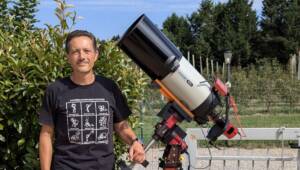
Hello Andrea Arbizzi,thanks for accepting our interview invitation. Congratulations on winning the ASIWEEK competition in week#42/2024! Q1: At first, congratulation that your nice image won #ASIWEEK. Can you introduce yourself
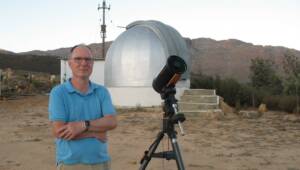
Hello Peter Dunsby,thanks for accepting our interview invitation. Congratulations on winning the ASIWEEK competition in week#46/2024! Q1: At first, congratulation that your nice image won #ASIWEEK. Can you introduce yourself
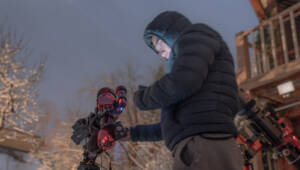
Hello Juzelle Jardin,thanks for accepting our interview invitation. Congratulations on winning the ASIWEEK competition in week#45/2024! Q1: At first, congratulation that your nice image won #ASIWEEK. Can you introduce yourself